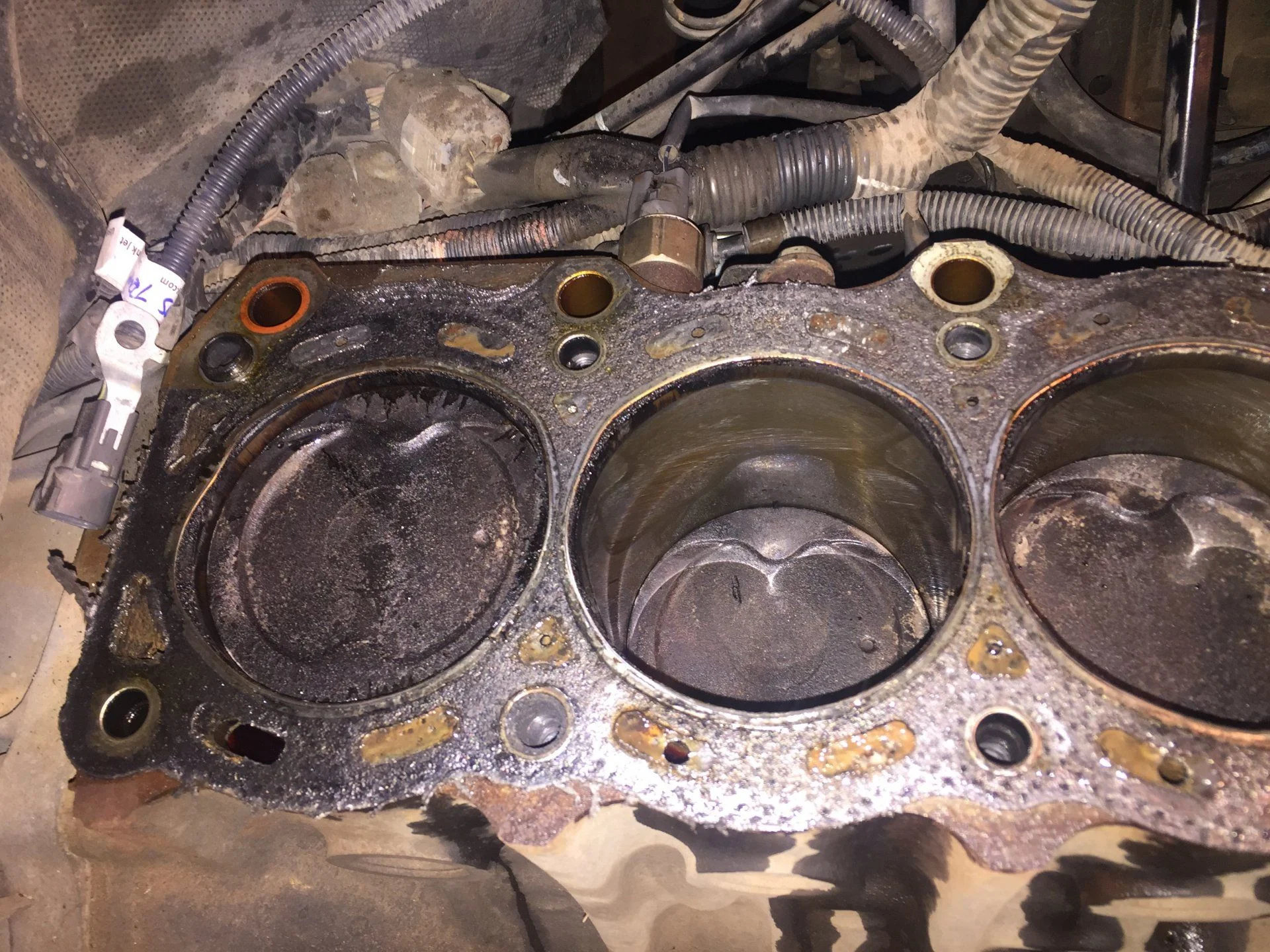I will use the "angle degree torque gauge" as suggested by Eric the Car guy. I think that it is pretty neat tool to have.
you may want to check the rear two headbolts to see if there is room against the firewall to use an angle torque guage. Otherwise looks like a great tool.









